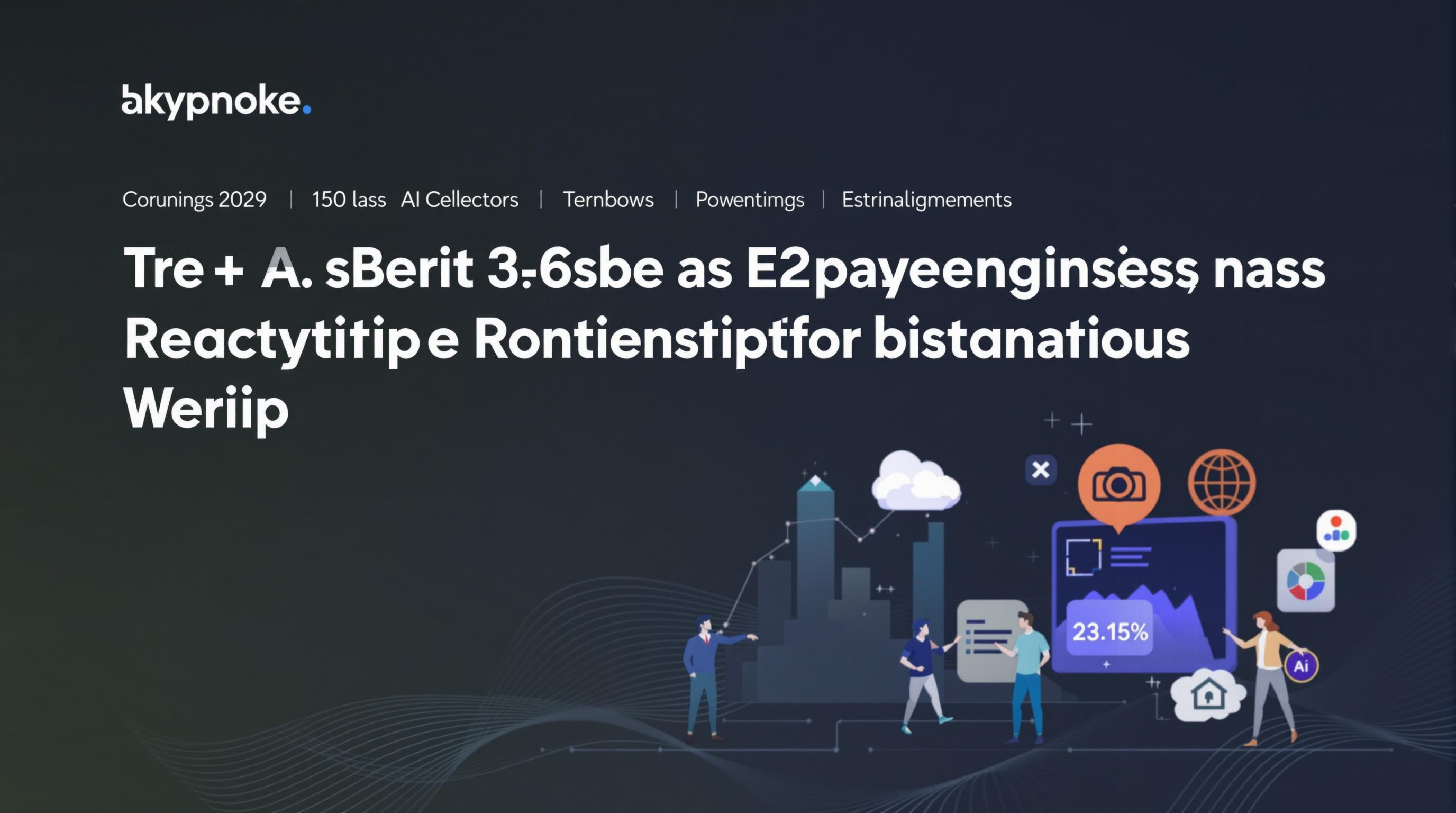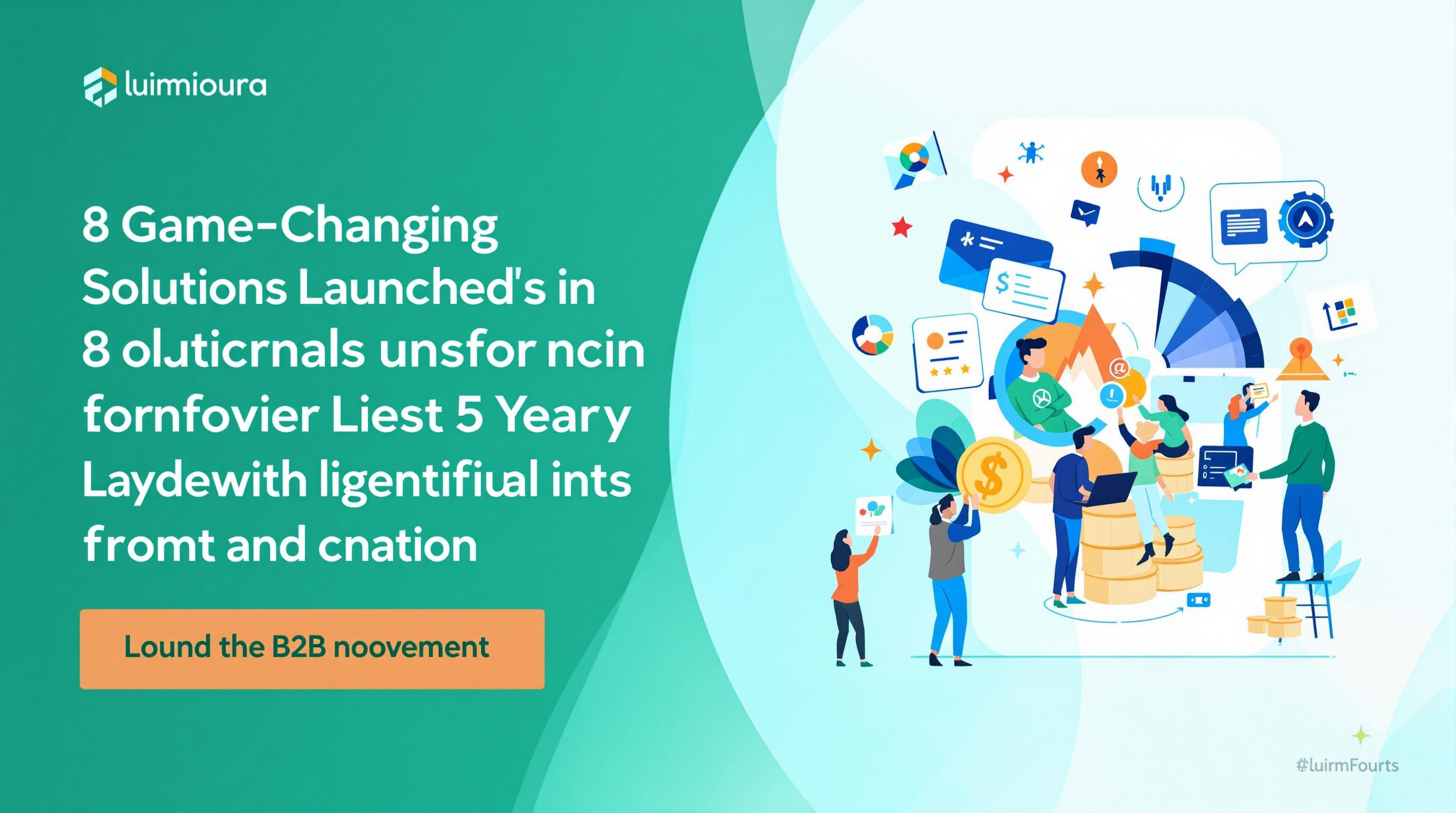Related Articles
- Top 6 Next-Gen B2B SaaS Engines Shaping Retention With AI-Powered Predictive Insights Since 2019
- Top 6 Emerging SaaS Onboarding Platforms of the Last Five Years That Actually Boost User Stickiness
- Top 8 Under-the-Radar Analytics Tools Launching Since 2019 That Outperform Big Names
- Top 7 Next-Gen Workflow Automation Platforms Revealed Comparing Game-Changing Features from the Last Five Years
- Top 6 Next-Gen Endpoint Security Solutions Since 2019 That Outsmart Modern Cyber Threats
- The Unseen Ripple Effect: How Obscure API Endpoints Influence Global Data Ecosystems in Unexpected Ways
9 Unconventional Psychological Triggers in B2B SaaS That Secretly Boost Customer Stickiness
9 Unconventional Psychological Triggers in B2B SaaS That Secretly Boost Customer Stickiness
9 Unconventional Psychological Triggers in B2B SaaS That Secretly Boost Customer Stickiness
1. The Endowment Effect
The endowment effect is a psychological phenomenon where people ascribe more value to things merely because they own them. In the context of B2B SaaS, this effect can be leveraged by encouraging users to customize and personalize their dashboards, workflows, or settings early in their onboarding process.
When businesses invest time in tailoring the software to their specific needs, they feel a sense of ownership that increases their attachment to the product. This emotional investment often results in higher customer retention because switching to another platform would mean losing their customized setup and starting over.
Companies like Slack and Asana utilize this by allowing extensive personalization and integrations. By embedding the product deeply into the customer's daily operations, the endowment effect makes users reluctant to leave.
2. Commitment and Consistency
Humans have an innate desire to appear consistent in their decisions and actions. In B2B SaaS, this psychological trigger can be used by guiding prospects through incremental commitments, such as completing their profile, setting goals, or achieving small wins early in their user journey.
By gaining small "yeses," companies set the stage for bigger commitments, such as upgrading plans or expanding licenses. This approach taps into the need for behavioral consistency, making it psychologically easier for users to stay aligned with the product over time.
Research by Robert Cialdini, a leading social psychologist, underscores the power of commitment and consistency in influencing behaviors, showing its effectiveness in long-term customer retention strategies.
3. Loss Aversion
Loss aversion refers to people's tendency to prefer avoiding losses over acquiring equivalent gains. SaaS providers can harness this by offering free trials or freemium models that highlight what users would lose if they cancel or switch platforms.
For example, when users accumulate data, integrations, or history within the software, the perceived loss of these assets creates a significant barrier to exit. Communicating the cost of losing this invested time and effort can powerfully anchor customers to the service.
This approach, rooted in behavioral economics popularized by Kahneman and Tversky, emphasizes that the pain of losing something is more intense than the pleasure of gaining something new, boosting user stickiness effectively.
4. Social Proof Within Industry Peers
In B2B SaaS, companies are heavily influenced by what their industry peers use and recommend. Showcasing customer testimonials, case studies, or user counts specific to a given industry taps into the social proof phenomenon, validating the software’s value.
Further, displaying partnerships or endorsements from well-known companies in the same vertical reassures potential clients that their peers trust the product. Social proof reduces uncertainty and accelerates onboarding and adoption.
This creates a bandwagon effect where companies want to be part of the "in group," reinforcing long-term engagement and loyalty to avoid feeling isolated or behind in their industry.
5. The IKEA Effect
The IKEA effect describes the increased value users place on products they partially create or help build. SaaS businesses apply this by involving clients in co-creating solutions, such as customizable workflows, user-generated content, or feedback-driven feature requests.
When users invest cognitive effort in shaping the software, they develop a stronger bond and perceive the product as more valuable. This personalization not only enhances user experience but also raises switching costs.
A SaaS company embracing this approach engages customers in product roadmaps, increasing client ownership and emotional attachment—key drivers for stickiness.
6. Zeigarnik Effect
The Zeigarnik effect explains people's tendency to remember incomplete or interrupted tasks better than completed ones. SaaS platforms can leverage this by gamifying onboarding or workflow steps, leaving tasks visibly unfinished.
This approach keeps users motivated to return and complete pending actions, which gradually lead to deeper product engagement. Displaying progress bars or incomplete to-do lists taps into this psychological trigger seamlessly.
By enhancing a sense of progress and accomplishment, SaaS companies improve habit formation and reduce churn, translating to higher lifetime customer value.
7. Reciprocity Principle
Reciprocity involves people’s inclination to return a favor after receiving something of value. In B2B SaaS, offering free resources like training webinars, personalized support, or advanced features during trials creates goodwill and obligation to continue.
When clients perceive that a vendor is generous and supportive, they are more likely to reciprocate by committing financially and staying loyal. This principle nurtures trust and rapport between providers and users.
Effective use of reciprocity, as detailed by social psychology researchers, can turn a transactional relationship into a partnership, significantly boosting customer retention.
8. Scarcity and Exclusivity
People value things more when they perceive them to be scarce or exclusive. SaaS companies can carefully use this trigger by creating limited-time offers, exclusive features for premium tiers, or early access invites.
This drives urgency and highlights the unique benefits of staying with or upgrading the platform. Exclusivity also fosters a sense of belonging to a special community, which deepens engagement.
Managing scarcity effectively compels customers to act quickly and discourages them from leaving, creating a powerful psychological lock-in.
9. Anchoring with Pricing and Features
Anchoring is the cognitive bias where initial information disproportionately influences decision-making. In SaaS pricing, presenting a high-value premium package first sets a mental anchor, making mid-tier options seem more reasonable and desirable.
This psychological trick guides customers toward plans that balance affordability and value while discouraging downgrades or cancellations. Additionally, showcasing feature comparisons helps users feel confident in their choice.
Anchoring also reduces decision fatigue, streamlining onboarding and subscription renewal processes, which are critical for customer stickiness.
Bonus: Integrating Multiple Triggers for Exponential Effect
While each psychological trigger individually benefits customer stickiness, combining them strategically can create exponential effects. For example, integrating social proof with scarcity, or leveraging reciprocity alongside the endowment effect, amplifies retention power.
Successful B2B SaaS companies analyze user behavior data to tailor interventions that hit multiple cognitive and emotional levers simultaneously. This holistic approach strengthens customer relationships beyond traditional CRM tactics.
Understanding these unconventional psychological principles offers SaaS marketers a competitive advantage, turning customers into loyal advocates and reducing churn sustainably.
References
Cialdini, R. B. (2006). Influence: The Psychology of Persuasion.
Kahneman, D., & Tversky, A. (1979). Prospect Theory: An Analysis of Decision under Risk. Econometrica, 47(2), 263–291.
Epley, N., & Wertenbroch, K. (2005). The IKEA Effect: When Labor Leads to Love. Journal of Consumer Psychology.




